The Power of Co-Development Software: Enhancing Efficiency and Innovation
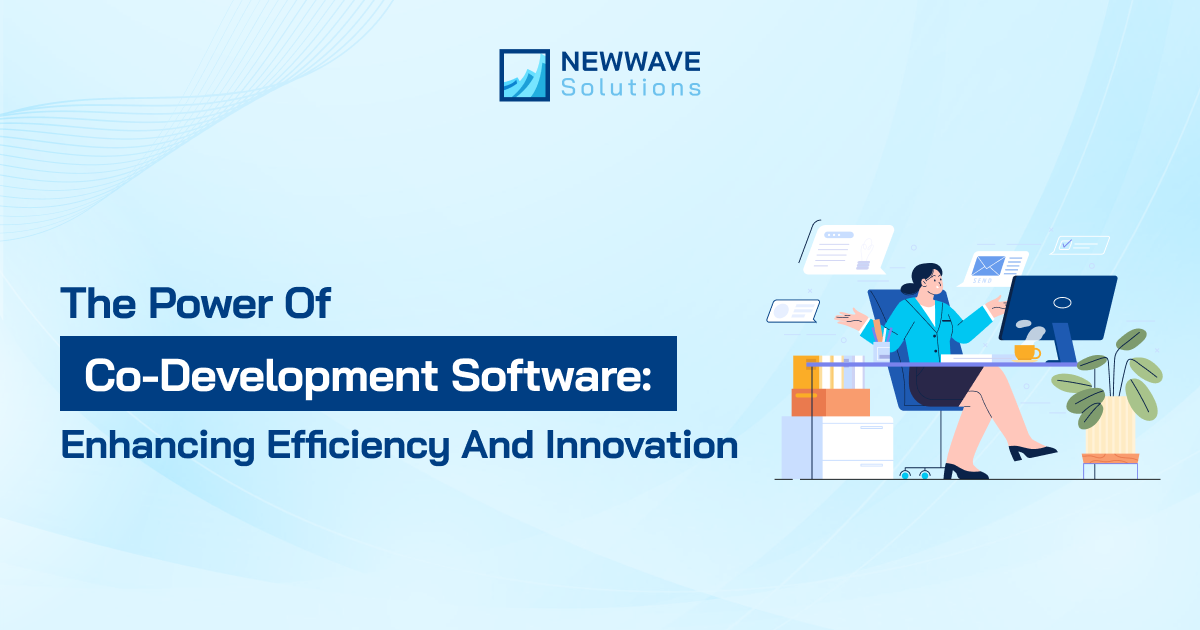
Co-development software unites developers, designers, and testers to create exceptional products. This approach leverages diverse skills for superior results. Curious about its advantages over traditional methods? Explore the transformative benefits of collaborative software development.
1. What Is the Meaning of Co-development?
Co-development is a cooperative software development technique in which disparate teams or organizations work together to address obstacles and drive innovation toward a common objective. This strategy promotes collaboration, mutual support, and communal decision-making to achieve common goals.
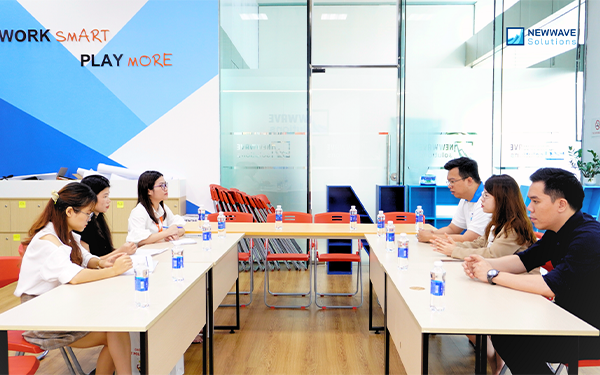
Co-development involves multiple teams working together to streamline and innovate software solutions through dual software creation and joint venture software projects. In the world of software development, co-development plays a unique role. Multiple teams—possibly from different departments within the same organization or from separate organizations—work closely together throughout the software development lifecycle.
Unlike traditional techniques, which typically involve teams working in isolation and handing off responsibilities at various stages, co development software emphasizes seamless integration, shared ownership, and collective decision-making. This collaborative strategy improves efficiency and creativity by ensuring that all partners remain aligned and engaged, leveraging co-programming tools and software development collaboration to enhance the process.
>>> See more: 10 Crucial Tips For Effective SaaS Outsourcing Development
2. What is Co-development Software?
Co-development software is a collaborative approach where multiple teams or organizations work together throughout the entire software development lifecycle. This methodology fosters a unified effort toward creating a software product by leveraging the combined expertise and resources of all involved parties.
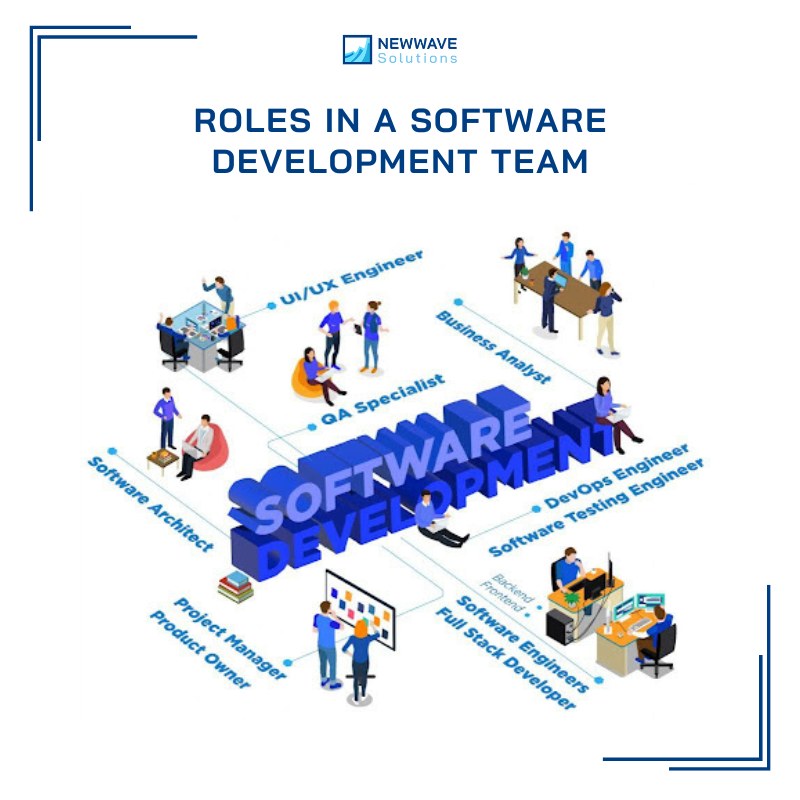
Key aspects of co-created software include:
- Collaborative Software Development: Teams from different backgrounds or companies come together to jointly design, build, and refine software.
- Joint Software Development: Partners share responsibilities and decision-making, ensuring a cohesive development process.
- Co-created Software: The end product is a result of collective input and collaboration, reflecting the diverse skills and insights of all contributors.
- Partnership Software Development: Establishing strong alliances between various stakeholders to enhance innovation and efficiency.
- Co-design Software: Involves shared design efforts to ensure that the software meets the needs and expectations of all parties involved.
This approach contrasts with traditional software development methods, where teams often work in silos and hand off tasks between different stages. Co-development emphasizes continuous integration, mutual support, and dynamic collaboration, aiming to deliver more innovative and high-quality software solutions.
>>> See more: The Rise Of Outsourced Product Development In Startups
3. Benefits of Co-Created Software
Co-development offers a multitude of advantages that can significantly enhance the software development process. By leveraging the strengths of multiple teams working together, cooperative software development not only streamlines development but also fosters a more dynamic and innovative environment. Here’s how co-development can transform various aspects of software creation:

3.1. Increased Efficiency
Co-development software enhances efficiency by streamlining processes and fostering close collaboration among teams. By working together from the start, teams can align their efforts, reduce redundancies, and accelerate development cycles. This integrated approach ensures that resources are utilized effectively, and potential bottlenecks are addressed promptly. Utilizing co-programming tools and engaging in joint venture software projects can further boost efficiency.
3.2. Enhanced Innovation
The collaborative nature of co-development encourages diverse perspectives and creative problem-solving. Teams from different backgrounds and expertise bring unique insights, driving innovation and the development of cutting-edge solutions. Co-design software and collaborative coding platforms, along with mutual software development, facilitate the exchange of ideas, leading to more inventive and effective products.
3.3. Improved Quality
Through continuous interaction and joint ownership, co-development ensures higher-quality outcomes. Regular feedback loops and iterative refinement processes enable teams to identify and address issues early. The combined expertise of all parties contributes to a more robust, well-tested product that meets or exceeds quality standards. Software project management strategies and dual software creation practices enhance quality throughout the development lifecycle.
3.4. Risk Mitigation
Co development software helps mitigate risks by distributing responsibilities and enhancing communication. Shared decision-making and mutual support reduce the likelihood of errors and oversight. By leveraging a software development agreement and employing a software development partnership strategy, teams can proactively address potential risks and ensure a smoother development process.
3.5. Continuous Learning
The collaborative environment of co-development fosters continuous learning and skill development. Teams gain insights from each other’s expertise and experiences, which promotes professional growth and knowledge sharing. This ongoing learning process enhances team capabilities and contributes to more effective and innovative software development.
>>> See more: Top 5 Compelling Reasons To Hire Fintech Software Outsourcing
4. How Does Co development Software Work?
Co-development software involves a structured approach where multiple teams or organizations collaborate closely throughout the software development lifecycle. Here’s a breakdown of how this collaborative process functions:
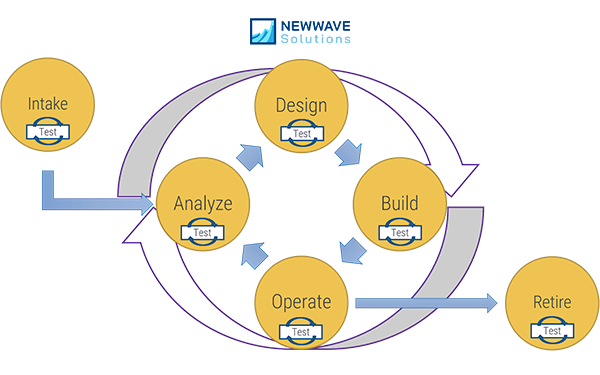
4.1. Setting objectives and implementing a strategic plan
The foundation of successful co-development begins with clear strategic planning and objective setting. Teams establish a software development partnership strategy, defining mutual goals and expectations. This ensures all parties are aligned and working towards a common vision from the outset, setting the stage for a cohesive and productive collaboration.
4.2. Effective Assignment of Tasks and Distribution of Roles
Effective task assignment and role allocation are crucial in co-development. By leveraging remote software development teams and co-development tools, tasks are distributed according to each team’s expertise. This structured approach maximizes efficiency, ensures that responsibilities are clearly defined, and facilitates smooth workflow management.
4.3. Concurrent Improvement
In co-development, concurrent development enables teams to collaborate on several areas of the project at the same time. Teams can handle several software components in tandem by creating dual software and collaborating on joint venture projects. This minimizes total development time and allows for speedier delivery of the finished product.
4.4. Constant Deployment and Integration
Agile co-development approaches are used to achieve continuous integration and deployment. By incorporating code changes regularly and distributing updates progressively, teams may maintain a steady development pace and handle any issues quickly. This iterative strategy promotes continuous improvement and ensures that the project remains in line with growing needs.
4.5. Iterative Product Improvement and Feedback
Co-development thrives on iterative feedback and product refinement. Regular feedback loops are established, allowing teams to gather insights and make necessary adjustments. This iterative process helps in fine-tuning the product, addressing any emerging issues, and enhancing overall quality, ensuring that the final output meets the highest standards.
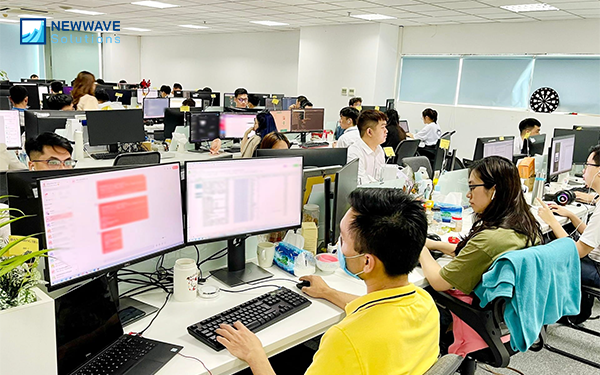
5. What Separates Traditional Software Development from Co-development?
Understanding the distinction between co-development software and traditional software development approaches can help in choosing the best strategy for your project. Here’s a comparison that outlines the key differences in process, collaboration, and outcomes:
|
Aspect |
Co-development Software |
Traditional Software Development |
|
Collaboration |
High collaboration with multiple teams or organizations working together closely, emphasizing co-working in software development. | Often involves isolated teams working separately, with limited collaboration. |
|
Process Integration |
Seamless integration throughout the development lifecycle, with continuous interaction. | Segmented process with handoffs between phases, leading to potential gaps in integration. |
|
Decision-Making |
Collective decision-making with shared ownership and joint responsibility. | Decisions are typically made within individual teams or departments, leading to less shared ownership. |
|
Task Assignment |
Efficient task allocation using co-development tools and remote teams, with clear role definitions. | Task assignments are often done in phases, with less emphasis on real-time coordination. |
|
Development Cycle |
Concurrent development is where different aspects of the project are handled simultaneously. | Sequential development with a linear approach, often involving distinct phases. |
|
Feedback and Refinement |
Iterative feedback loops with ongoing product refinement based on collective input. | Feedback is gathered at specific stages, leading to less frequent adjustments. |
|
Innovation |
Encourages diverse perspectives and innovative solutions through collaborative efforts and software innovation partnerships. | Innovation is often limited to the insights of individual teams or departments. |
|
Risk Management |
Risks are shared and mitigated through continuous communication and joint responsibility. | Risks are managed within individual teams, potentially leading to isolated problem-solving. |
|
Quality Assurance |
Continuous quality checks with integrated testing and refinement processes. | Quality assurance is performed at specific stages, often leading to the late discovery of issues. |
|
Project Management |
Agile project management practices with ongoing updates and flexible planning. | Traditional project management with fixed plans and less adaptability to changes. |
This table highlights the key differences between co-development and traditional software development approaches, emphasizing the benefits of increased collaboration, integrated processes, and shared innovation in co-created software.
>>> See more: 5 Convincing Reasons To Hire A Skilled IT Outsourced Development Team
6. Is Co-development the Best Method for Developing Software?
Co-development can be a highly effective approach to software development, particularly when collaboration, innovation, and efficiency are priorities. By bringing together multiple teams with diverse skills and experiences, co-development creates a dynamic environment where ideas are exchanged, feedback is continuously shared, and solutions are collaboratively refined through cooperative software development.
This approach accelerates the development process and enhances the quality of outcomes. Teams benefit from collective strengths, allowing them to tackle challenges more effectively and drive innovation. Co-development fosters a cooperative atmosphere that often results in superior, more innovative software solutions, including through joint venture software projects and mutual software development efforts. If your project values these elements, co-development might be the ideal strategy.
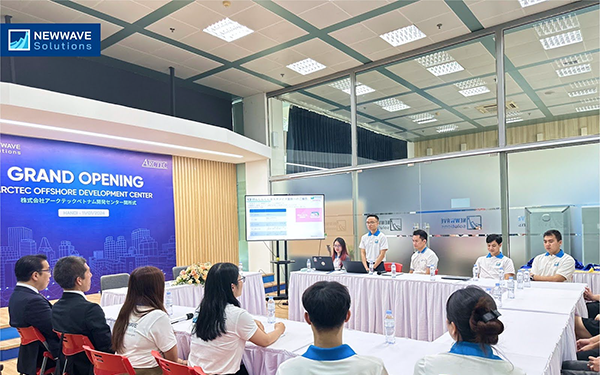
This strategy speeds up development and improves quality through mutual software development and dual software creation. Newwave Solutions excels in co-development and partnership in software engineering and remote teams to manage risks and deliver innovative solutions. With experience from over 500 global projects and teams in Hanoi and Japan, Newwave Solutions is well-equipped for effective software outsourcing and agile project management.
Contact us to explore how we can address your software development needs and drive success together.
Contact Information:
- Head Office (Hanoi): 1F, 4F, 10F, Mitec Building, Duong Dinh Nghe Street, Yen Hoa Ward, Cau Giay District, Hanoi City, Vietnam
- Branch Office (Tokyo): 1chōme118 Yushima, Bunkyo City, Tokyo 1130034, Japan
- Hotline: +84 985310203
- Website: https://newwavesolution.com
- Email: [email protected]
To Quang Duy is the CEO of Newwave Solutions, a leading Vietnamese software company. He is recognized as a standout technology consultant. Connect with him on LinkedIn and Twitter.

Read More Guides
Get stories in your inbox twice a month.
Let’s Connect
Let us know what you need, and out professionals will collaborate with you to find a solution that enables growth.

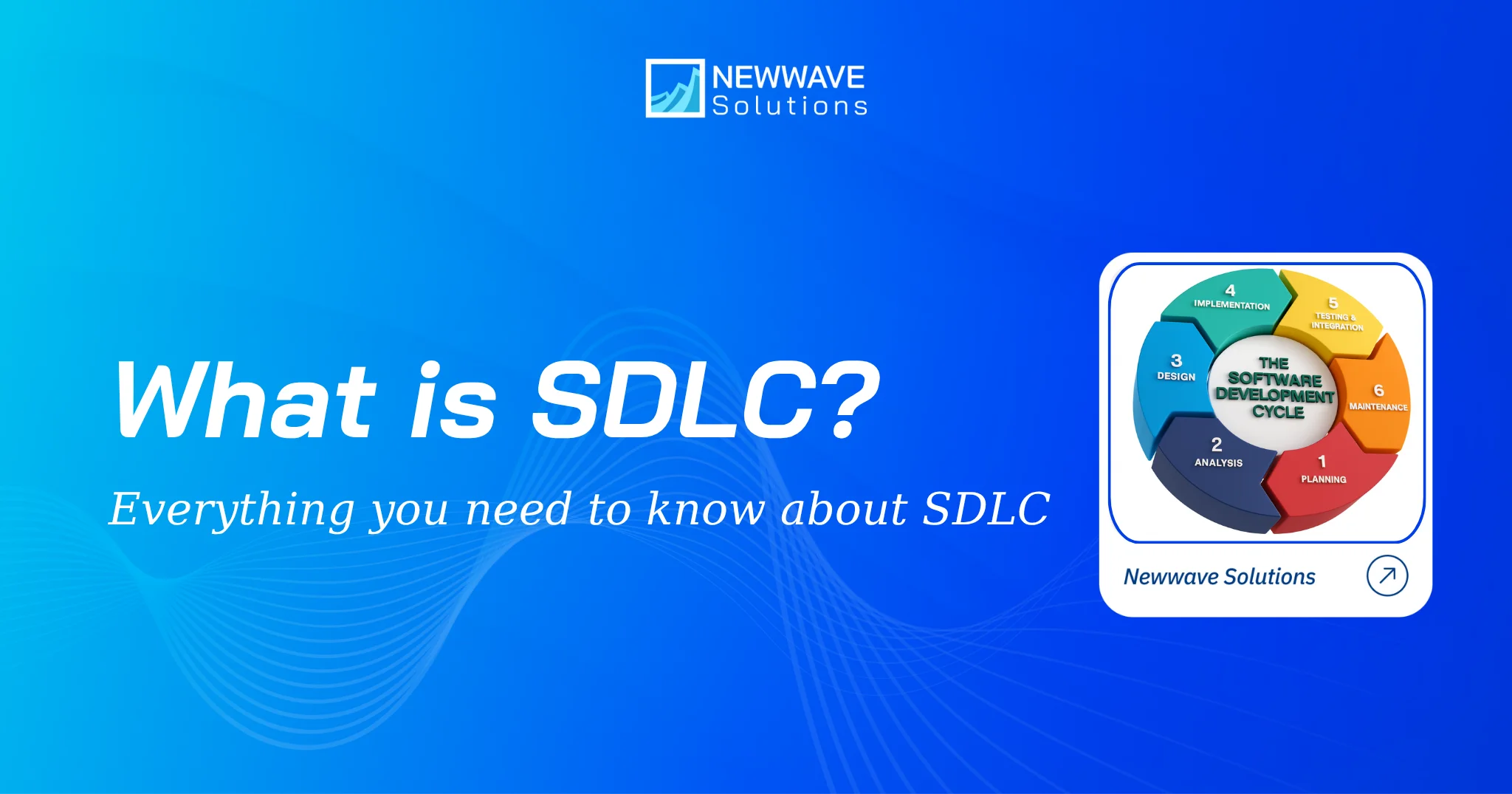

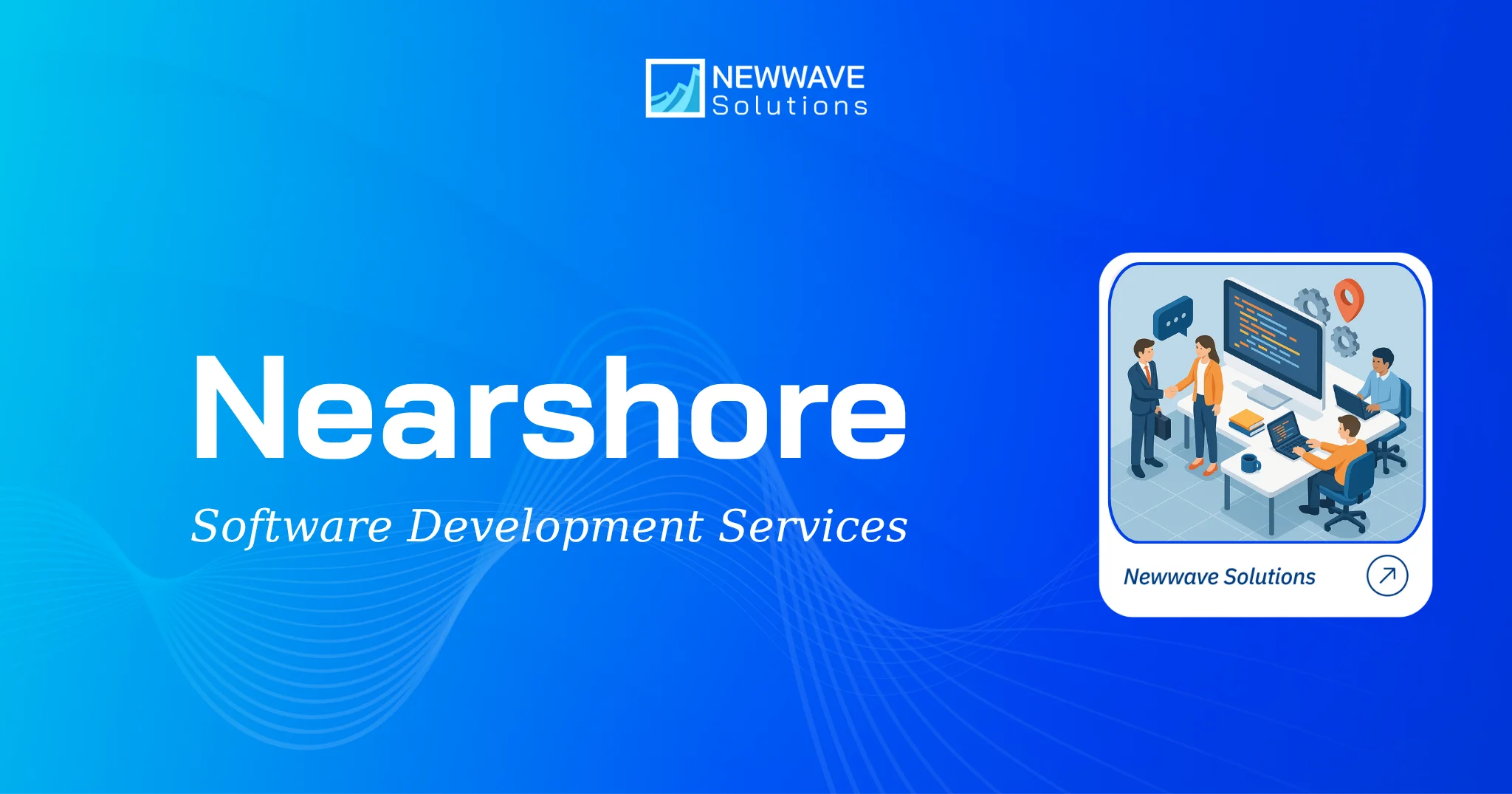
Leave a Reply